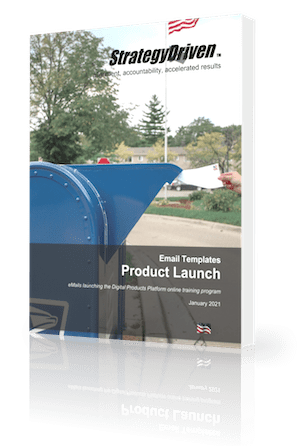The Most Important Leadership Strategy: Slowing Down

When leaders choose to implement the deliberate act of slowing down, it can help promote various positive outcomes. Slowing down can help minimize mistakes, increase focus, and assist in the regulation of emotional reactions to various situations. There is no limit to the way these benefits can serve the modern leader.
Leaders who know how to take their foot off the accelerator and slow down — even when the impulse is to speed up — attain tremendous strategic advantages that, in the long run, help them to come out ahead.
Among the many advantages leaders can realize when slowing down, the following four are some of the most prominent:
1. Decreased mistakes. It should come as no surprise that going too fast can produce mistakes. Leaders who become caught up in fast-paced environments can forget their manners, overlook critical steps, or forget tasks altogether. When leaders speed up, they may inadvertently treat team members poorly as they become hyper focused on reaching goals. However, leaders must always remember that their organizations thrive because of their people, and that their people create the culture and environment of the workplace.
If leaders don’t take a moment to slow down, breathe, and check on their team, they won’t know their team’s status. Whether that’s their progress on goals or their internal struggles, team members’ wellbeing is necessary to achieve goals without setbacks. Part of being an effective leader is understanding the need to ensure the team reaches its goals without sacrificing quality or team members’ welfare.
2. Increased listening. Leaders who allow themselves to slow down improve their ability to listen to learn in their conversations. When the need for speed pushes all involved to move too quickly, conversations become compressed and the ability to actively listen diminishes. For leaders, this is especially detrimental. They must remain entirely present in all their conversations in order to keep a pulse on their team.
Should leaders regularly face instances where they’re unable to fully listen, they end up losing instead of gaining time, often having to reconvene team members to go back over important points or concerns. Instead, slowing down enables them to actively listen. This involves calming their breathing, maintaining eye contact, refraining from interrupting, and attempting to fully address the issues at hand.
3. Alleviated stress. The drive that comes from a need for speed is often accompanied by stress and anxiety. That drive also makes it difficult to gracefully respond to interruptions, which can produce negative reactions among team members. Slowing down decreases the risk of showing or provoking negative emotions. For leaders, this is imperative as their influence on their team sets the tone for team behavior and organizational culture.
By slowing down, leaders can effectively prioritize, stay on top of tasks, and remain organized, and therefore will find it much easier to avoid the stress and anxiety that can permeate throughout the organization. While the need to act quickly will present itself from time to time, leaders must slow down enough to respond from a controlled emotional state. Even under pressure, leaders can achieve a sense of calmness and model for team members how to manage themselves by maintaining a steady composure.
4. Strengthened organizational culture. Going too fast leads to making mistakes, diminishes listening skills, and creates stress and anxiety. Yet leaders who know how to slow down, remain present, and think clearly are helping to build a positive culture. Leaders are the drivers of culture, and they must model the behavior they wish to see in the workplace.
Slowing down leaves room for emotional intelligence, ethical behavior, empathy, and compassion. These are all foundational qualities to being a positive leader and leading a successful team. It allows teams to reach their goals, results in employee wellbeing and low turnover, and increases innovation and creativity. At a time when masses of workers are choosing to leave their jobs, leaders can create positive and productive cultures by slowing down.
Any current or aspiring leader hoping to learn and grow can start with the most important leadership strategy: slowing down. By slowing down, leaders cultivate all of the best leadership qualities that will better motivate employees, generate effective decision making, and galvanize a positive culture.
About the Author














Leave a Reply
Want to join the discussion?Feel free to contribute!